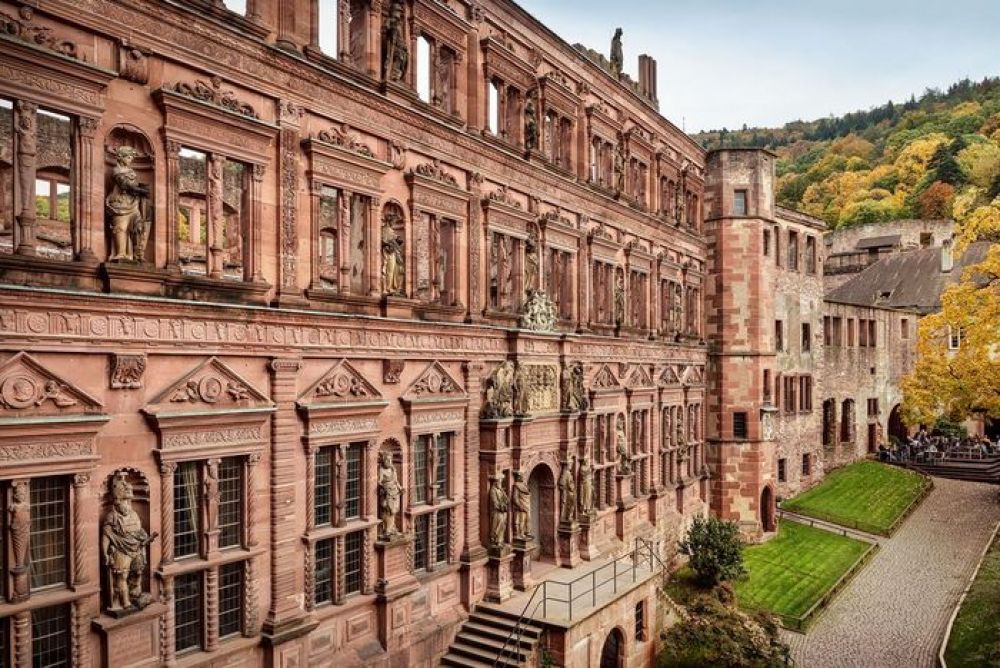

Situated on the northern slope of the Königstuhl hill and towering above the city of Heidelberg, the Heidelberg Castle is a landmark of German romanticism and a paramount testimony to the area's history. With its origins dating back to the 13th century, the castle has been a focal point of ruin, resurrection, and tourism over the centuries.
The rise of the Heidelberg Castle as a tourist attraction began notably in the 19th century with the advent of the Romantic era. Artists and writers glorified the ruins, and its picturesque location attracted visitors from all over Europe. The most famous romantic poet, Johann Wolfgang von Goethe, was among those enchanted by the castle's beauty, which further increased its allure.
After considerable damage during the Thirty Years' War and later by the French in the 17th century, the castle was left in a state of partial ruin. In the post-war period, particularly after World War II, Heidelberg Castle witnessed a new wave of interest as Germany rebuilt and looked to promote its cultural heritage. This period saw the initiation of conservation efforts and the establishment of the castle as a must-see site for visitors to Germany.
In recent times, Heidelberg Castle has continued to be one of Germany's most popular tourist destinations. It welcomes millions of visitors a year, drawn by its historical narrative, architectural splendor, and the panoramic views it offers of Heidelberg and the Neckar River valley.
The castle complex is home to the German Pharmacy Museum and hosts the annual Heidelberg Castle Festival, which includes theater performances and concerts adding to its appeal. Furthermore, the growth of social media has seen Heidelberg Castle become a popular backdrop for photography enthusiasts and influencers, marking it as a trendy location for digital storytelling.
Today's tourists are more environmentally conscious, and Heidelberg has responded to this trend by ensuring sustainable tourism practices are in place. Visitors are encouraged to explore the city and the castle grounds by foot or use public transport, which minimizes the environmental impact.
Easily accessible from major German cities, Heidelberg Castle can be reached by a funicular railway, adding to the unique experience. It is open year-round, with various ticket options available to explore the interior spaces, including the Great Barrel, an enormous wine vat, and the striking Renaissance architecture that has survived through the ages.